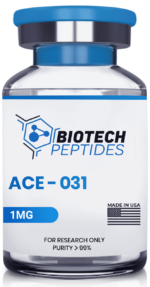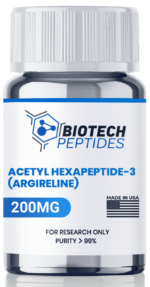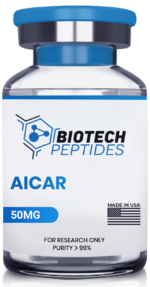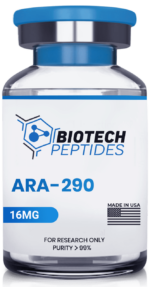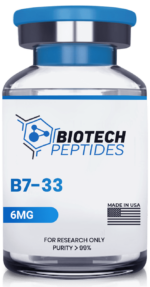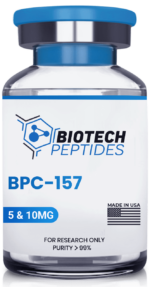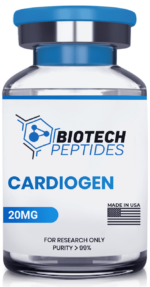No products in the cart
Free same day priority shipping
Buy quality peptides,
made in the USA
Leading the research industry
Showing 1–12 of 92 results
-

ACE-031 (1mg)
$161.00 -

Acetyl Hexapeptide-3 (Argireline) (200mg)
$210.00 -

Adipotide FTPP (10mg)
$77.00 -

AHK-Cu (200mg)
$192.00 -

AICAR (50mg)
$56.00 -

AOD 9604 (5mg)
$44.00 -

ARA-290 (16mg)
$88.00 -

B7-33 (6mg)
$62.00 -

BPC-157 (5mg & 10mg)
$52.00 – $92.00 -

BPC-157 & TB-500 Blend (10mg)
$115.00 -

Cardiogen (20mg)
$62.00 -

Chonluten (T-34) (20mg)
$62.00

